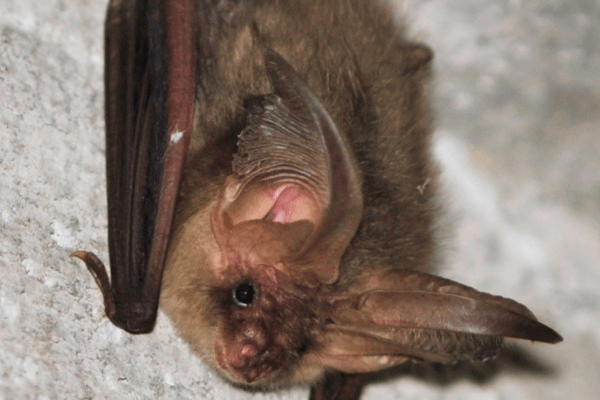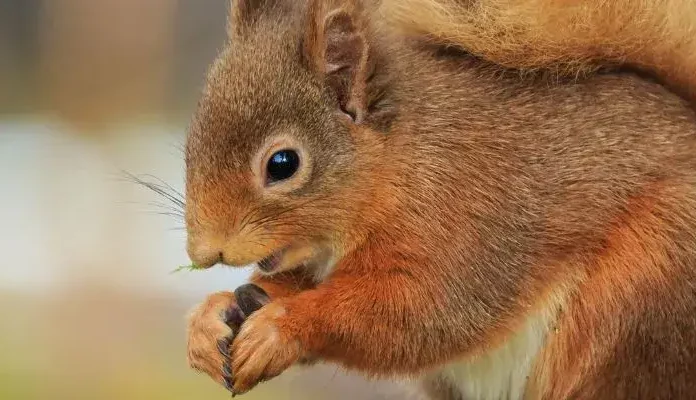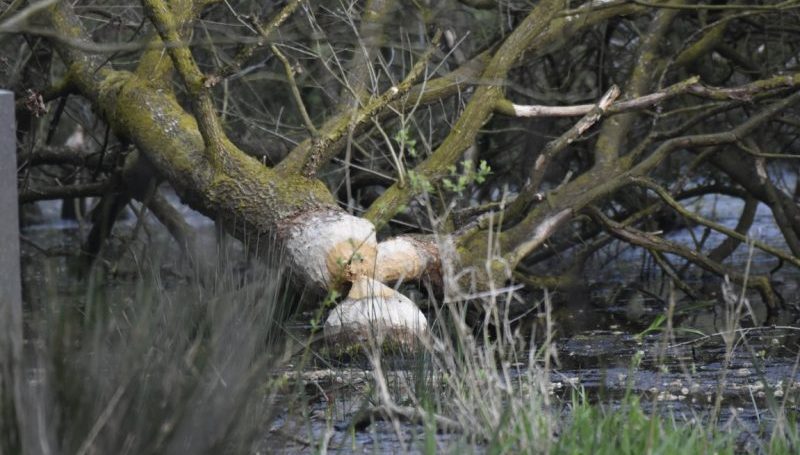All bats are protected in the UK and it is illegal to carry out work that disturbs, injures or kills bats, that destroys or disturbs their roosts, or that obstructs their access to sheltering places. This means that if anybody wants to develop land, work on large construction projects, or make alterations to existing buildings, ecologists have to be brought in to survey for bats.
We carry out preliminary surveys to assess site suitability for roosting, and foraging and commuting bats. This includes looking for potential roosting features (e.g. gaps in building brickwork, cavities in trees), and suitable foraging habitats (e.g. woodland, hedgerows). If the site is considered to have potential to support bats, we carry out different surveys during the summer months. The bat activity season runs from May to September, where we conduct dusk emergence and dawn re-entry surveys, and transect surveys to identify the presence of bats – what species are using the site, and where they may be roosting. Once the full assessment has been made, we collate the information to provide to the client with suggestions about the measures they need to put in place to protect the bats.

During dusk surveys, the first priority is to arrive before sunset. Bats typically emerge 20 minutes after sunset, so it’s important to get set up, get comfortable, record the surroundings, and measure the environmental conditions, such as weather, temperature, wind, sunset and sunrise times. Bat detectors alert us to the presence of bats in the dark – they pick up on the high frequency echolocation signals they use for hunting and can also identify specific bat species. The first bat was detected at 21:50 and judging by the frequency it was a noctule bat. Noctules are the UK’s largest species of bat, and with a wingspan of up to 40 centimetres they can often be mistaken for swifts. At 22:14 a soprano pipistrelle bat is detected – these bats look almost identical to common pipistrelles but we can distinguish them by the frequency of their echolocation calls. From around 22:30 onwards we were able to spot hunting bats by eye – although species identification is hard in the darkness and considering how quickly they move. After the sightings were carefully recorded, the dusk survey drew to a close at around 11pm and it was time for the ecologists to pack up, head back to our digs and get ready for the dawn survey. With sunrise around 4am, following the schedule of this protected species can be tiring (but rewarding) work!




